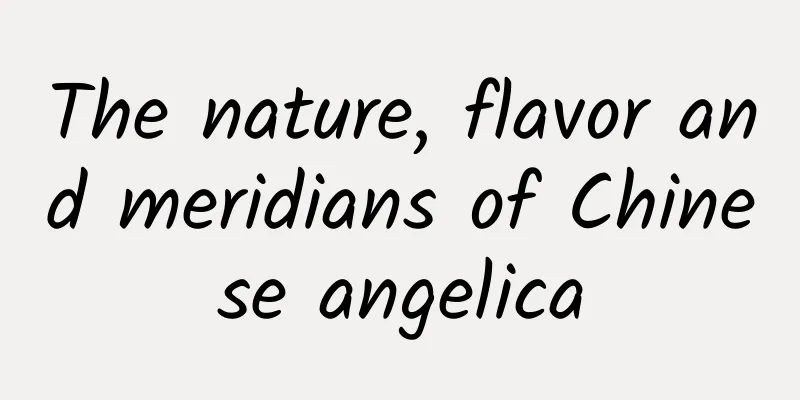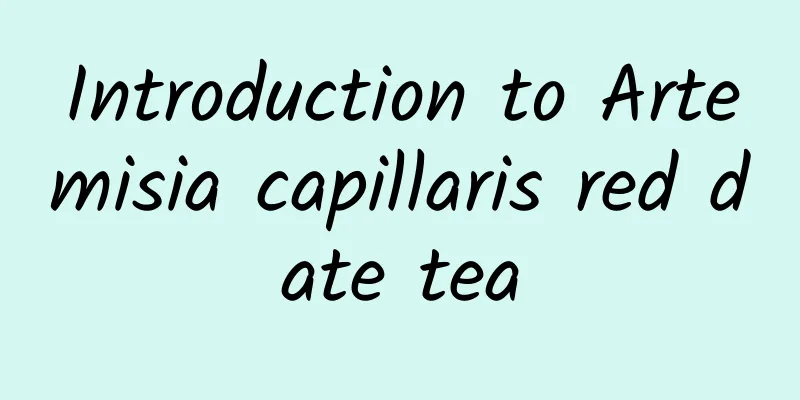The efficacy and function of small pheasant tail

|
Speaking of pheasant tail, I believe many friends know it, because it has a good effect in treating diseases. However, some friends don’t know what the specific effects of small pheasant tail are, so here we will learn about the effects of small pheasant tail in detail. [Other names] Sea breeze silk, grass lotus, phoenix fern, line chicken tail grass, small golden flower grass, bachelor medicine, black fern, fire soup fern, gold powder fern, Chinese golden powder fern, black fern, native coptis chinensis, Japanese black fern, water chicken tail, chicken tail, ground cypress branch, shrimp shrimp fierce, phoenix tail lotus, peacock tail, golden flower grass, string fish grass, detoxification fern, human hair, black leek, small leaf pheasant tail, phoenix mark, small chicken tail grass, small fern, pheasant tail, fine leaf chicken tail, wild coptis chinensis, hanging gold grass [Source] Medicinal material source: the whole herb or leaves of the Chinese fern fern. [Original form] Terrestrial fern, plant height 25-60cm. The rhizome is long and horizontal, densely covered with brown ovate-lanceolate scales, and the leaves are thick and leathery, nearly tufted; the petiole is straw-colored, brown at the base, 10-35cm long; the leaf blade is oblong to ovate-lanceolate, 20-30cm long, 6-15mm wide, and three to four times pinnate; the pinnae are 8-15 pairs, petiolate, alternate, narrowly ovate, broadly cuneate at the base, and long and acuminate at the apex; the first pair of pinnae is the largest, 10-15cm long and about 5cm wide; the pinnae are 8-12 pairs, nearly ovate; the pinnae are 3-4 pairs, alternate, elliptical or obovate, and pinnate; the pinnae are 2-3 pairs, alternate, oblanceolate or lanceolate; the veins are bifurcated, the last lobes of the nutrient leaves have one small vein, and the lobes of the spore leaves are pinnate with marginal veins. The sori are linear, 2-6 mm long; the sori cap is oblong or short linear, membranous, entire, and white. [Habitat distribution] Ecological environment: Growing on hillside roadsides, ditches under forests or in the shade of bushes at an altitude of 200-1800m. 【Properties】 1. Characteristic identification: The rhizome is slender, slightly curved, 2-4mm in diameter, yellow-brown or brown-black, with upward-curved petiole remnants and fine roots on both sides. The petiole is slender and slightly square columnar, with a light brown surface and longitudinal grooves. The leaves are curled, and when unfolded they are ovate-lanceolate or triangular-lanceolate, 10-30cm long, 6-15cm wide, and light yellow-green. Or brown, three to four times pinnately divided, the lobes of the nutrient leaves are serrated; the final lobes of the spore leaves are short linear, with sori on the lower edge, the sori cover is membranous, parallel to the midrib, and open inwards. It is brittle and easily broken. It has a faint smell and a bitter taste. [Chemical composition] The leaves and rhizomes contain kaempferitrin-3,7-dirhamnoside, pterisin M, pteroside M, chicoric acid, and onychiol C. 【Nature and flavor】 Bitter; Cold 【Meridian】 Heart; Liver; Lung; Stomach; Small Intestine; Large Intestine 【Functions and indications】 Clears away heat and detoxifies; promotes the removal of dampness; stops bleeding. It is used for wind-heat cold, cough, sore throat, diarrhea, dysentery, painful urination, damp-heat jaundice, vomiting blood, coughing up blood, blood in the stool, hemorrhoids, hematuria, sores, injuries from falls, snake bites, and burns. [Usage and Dosage] For oral use: decocted in water, 15-30g; double the dosage for fresh product. For external use: take appropriate amount, grind into powder and apply on the affected area; or mash fresh product and apply on the affected area. 【Note】 Take with caution in patients with deficiency-cold syndrome. Guangxi Traditional Chinese Medicine Annals: "It is contraindicated for deficiency-cold syndrome." [Additional prescription] The leaves of this herb resemble the tail feathers of a pheasant, hence the name "pheasant tail". Sea breeze silk and human hair are also named for their slender petioles and fine leaves. Detoxification fern, fire soup fern, etc. are named after their functions. 【Excerpt】 Chinese Materia Medica It can be seen that the medicinal value of pheasant tail is still very obvious. However, not everyone can use the pheasant tail. We can judge based on our own physical condition. |
<<: The efficacy and function of Xia Wan
>>: The efficacy and function of Ligularia stenotica
Recommend
Effects and uses of Danshen tablets
The effects of Salvia miltiorrhiza are to promote...
What? Pineapple soaked in salt water has no effect? It turns out that I have been doing it wrong all these years
Reviewers of this article: Zhang Zheng, PhD in Nu...
The efficacy and function of spring flower wood
Although Western medicine and Western drugs are m...
Can Panax notoginseng powder stop bleeding? What is the effect?
Panax notoginseng is also a very effective Chines...
The efficacy and function of silverfish
There are many kinds of common Chinese medicinal ...
How did a brown bear and a polar bear hybridize? What do their babies look like?
On April 23, 2012, the temperature was -25 degree...
Many places are so hot that people are "doubting life". Is it all caused by El Niño?
Do you also feel that this summer seems to be get...
The world's first, 1935.3 grams! How significant is the "digging" on the far side of the moon?
On June 28, the National Space Administration hel...
30-meter resolution! New breakthrough in large-scale and high-resolution permafrost mapping in Northeast China
Do you know what permafrost is? As the name sugge...
The hot-selling "bare leg artifact" is actually a "modern torture device"? A 23-year-old girl got paronychia from being strangled...
The cold wind is blowing You who love beauty Have...
What are the medicinal values of mountain girls?
Maybe you have never heard of Mountain Girl. Moun...
What are the pharmacological effects of Poria cocos?
Poria cocos can be used as medicine. Because Pori...
What is the medicinal value of ramie root?
Ramie root is not very familiar to everyone, but ...
The efficacy and function of bamboo root
Do you know what the root of the Chinese bamboo i...
The efficacy and function of camellia root
In daily life, people are not only very familiar ...









